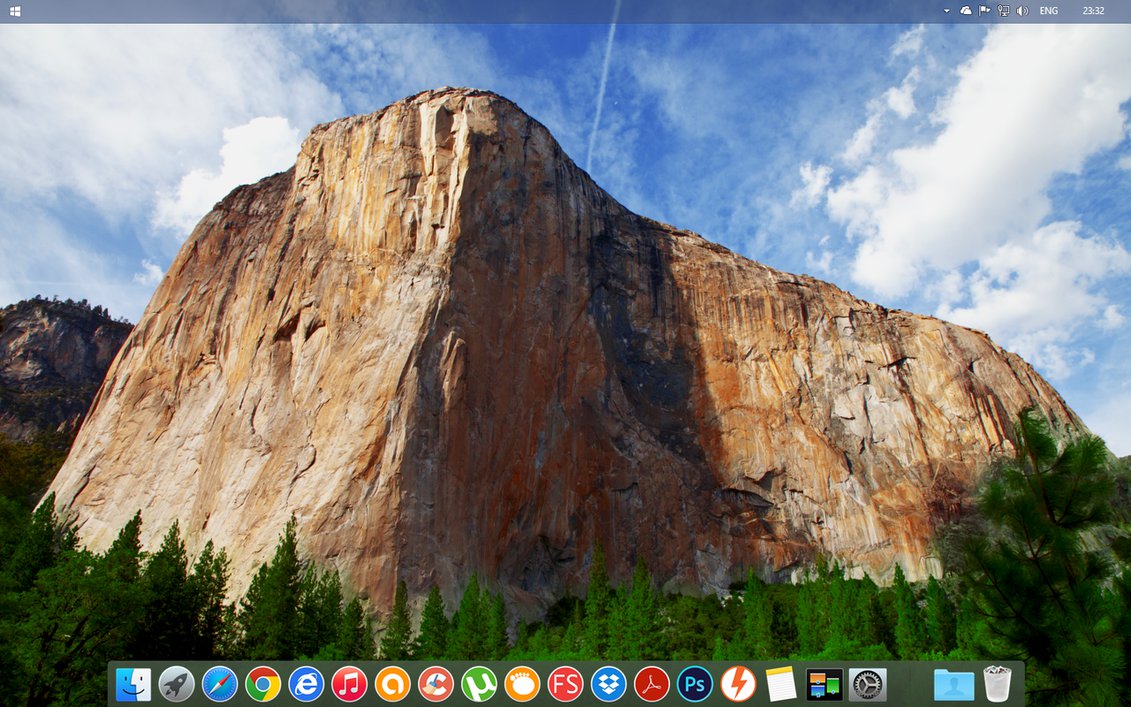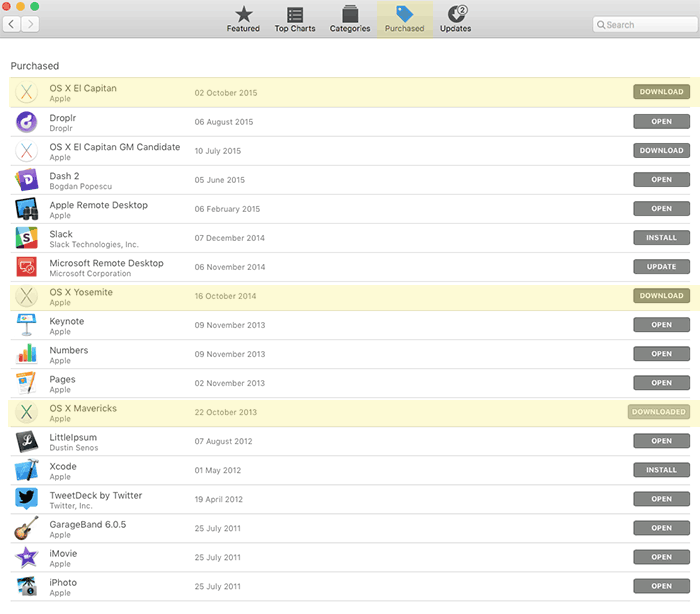
- Os X Yosemite 10.11 Mac OS X 10#
- Os X Yosemite 10.11 Professional Video And#
- Os X Yosemite 10.11 Update Of Apple#
Os X Yosemite 10.11 Update Of Apple
Os X Yosemite 10.11 Mac OS X 10
This marks the first time in a while that the release of OS X and iOS (iOS 9) have appeared almost simultaneously allowing for more synergy between the platforms.Firefox version 78 is the last supported Firefox version for Mac users of OS X 10.9 Mavericks, OS X 10.10 Yosemite and OS X 10.11 El Capitan. El Capitan, or Mac OS X 10.11, is the latest update of Apple’s operating system for Mac. NEW FEATURESSoftonic-recensie Yosemite just got bigger. El Capitan’s first beta was released to developers on June 9, and the final version has been released today, September 30, as a free Mac App Store update, ready to be installed on all Macs already running OS X 10.10 Yosemite. MacOS Sierra 10.12 can upgrade El Capitan, Yosemite, Mavericks, Mountain Lion, or Lion OS X El Capitan 10.11 can upgrade Yosemite, Mavericks, Mountain Lion, Lion, or Snow Leopard OS X Yosemite 10.10 can upgrade Mavericks, Mountain Lion, Lion, or Snow LeopardApple announced OS X 10.11 El Capitan during the 2015 WWDC keynote on June 8. Open that app from your Applications folder to begin installing the operating system.

Mission Control especially feels like a whole other beast on OS X El Capitan due to the slightly tweaked look with the desktop previews on top removed and replaced with simple text labels, and the evident boost in performance.On the whole, after using it from the very beginning after the release of the first beta for developers since the launch of the final version, installing OS X 10.11 El Capitan on your Mac will transform it completely by both changing the way you use it on a daily basis, as well as by adding a sensible boost in speed for most default apps, even though it will look like the same old computer you’ve had on your desk.Having said this, let’s go through the quite large list of improvements and new features Apple has added on top of OS X Yosemite to obtain the polished OS X El Capitan.Probably the most prominent new feature added in OS X El Capitan is the System Integrity Protection (also known as rootless), designed to allow the OS to protect some system processes, as well as a number of folders and files from being modified by other processes running on the Mac.Having System Integrity Protection enabled on a Mac running El Capitan means that even if you can log in as root and run processes using sudo, you will still be unable to modify any of the protected files and processes.Moreover, System Integrity Protection is enabled by default after you install El Capitan on your Mac, so if you want to have full control over your Mac, the only way to do it is to disable the rootless feature. Even though it does look quite similar to the Lucida Grande font used in OS X Yosemite, Apple made the change to promote readability and, most probably, a continuous user experience over their entire platform, regardless of the OS each device is running.The biggest improvement is the launch speed of most apps which, coupled with the easily noticeable snappier Mission, makes the managing apps a lot smoother and effortless. I must also emphasize that when I say processor-intensive apps, I mean they weren’t applications that one would use on a daily basis, so if you’re not using your Mac for anything unusual, all the apps that you’ll run on El Capitan will buzz along unperturbed.One of the first changes I noticed after first running El Capitan on the two test Macs, was the cursor call out feature designed to make it simpler to find the mouse pointer and I’m sure that everyone else will do too, seeing that Apple made it quite easy to activate.The other difference to OS X Yosemite I immediately noticed was the new San Francisco font Apple has also set as the default typeface on iOS and watchOS. From what I’ve been able to see during the test period, the OS X 10.11 performance was pretty much the same in both cases, with obvious differences when running processor-intensive applications in which cases the Mac Pro strolled along unfazed, while the iMac did its best to get the task finished.The important thing, though, is that each time that happened, the two test computers’ behavior was consistent to what I’ve observed when they were running OS X Yosemite, so having El Capitan installed was not the problem.
Os X Yosemite 10.11 Professional Video And
According to Apple, Metal works by speeding up Core Graphics and Core Animation for a 50% faster system level rendering speed, with an increased efficiency of up to 40% across the board.Metal is already supported by all default apps in OS X as they've all been updated to come with support for Metal, and third-party apps should also receive updates adding support for Metal on the same day El Capitan is released or in the next few days if their development teams have waited for the official release of OS X 10.11 to test their applications' Metal support.The difference in speed and efficiency will be obvious while playing games and when using professional video and image editing applications that utilize both the CPU and the GPU.If you have a slower Mac, and you think that the addition of Metal in OS X El Capitan will suddenly make it as fast as a cheetah overnight, think again because, as disclosed by Apple’s Rav Dhiraj during his "What's new in Metal, Part 1" presentation at WWDC 2015, Metal will only be supported by Macs introduced since 2012.To be more exact if you don’t have a Mac with an AMD R9, Intel HD Grapics, Iris 5000 or 6000, nvidia GT 600M or 700M GPU, you’re out of luck. Metal supportApple's Metal graphics API is probably the most important improvement in OS X El Capitan because it will make a huge difference on any Mac that supports it. This works pretty similar to when the Dock is hidden: when the auto-hide mode is enabled, the menu bar goes away on its own, and it will only appear again if you hove the mouse pointer to the top of the screen.Even though I considered it just a gimmick and quite annoying at first, I got used to it while using El Capitan for a couple of weeks and I re-assessed my opinion, realizing that I’ve been triggering this little gem of a feature, on and off, at least a dozen times a day.However, if you don’t like it or you find yourself activating it by mistake, the mouse pointer zoom feature can be disabled by going into OS X’s System Preferences, in the Accessibility preference pane, the Display tab and unchecking the “Shake the mouse pointer to locate” option.The fact that OS X El Capitan is a release mainly focused on refining the user experience and boosting the overall performance translates into a slew of improvements, more or less visible to the end-user. Auto-hide menu barThe new OS X release makes it simple to also hide the menu bar if you need more screen estate, not only the Dock.



 0 kommentar(er)
0 kommentar(er)
